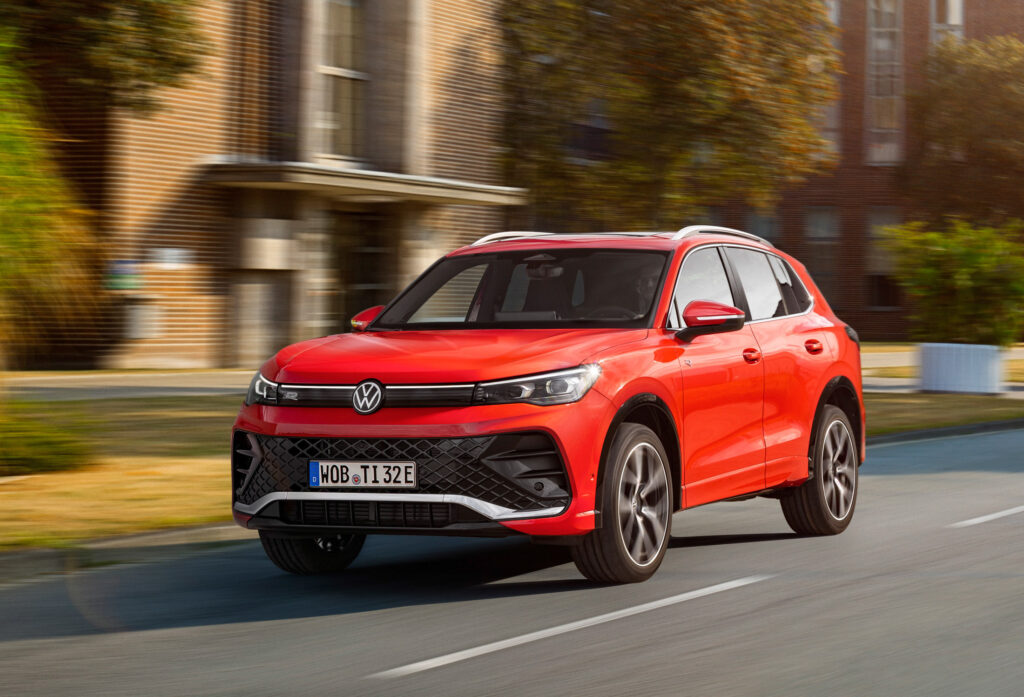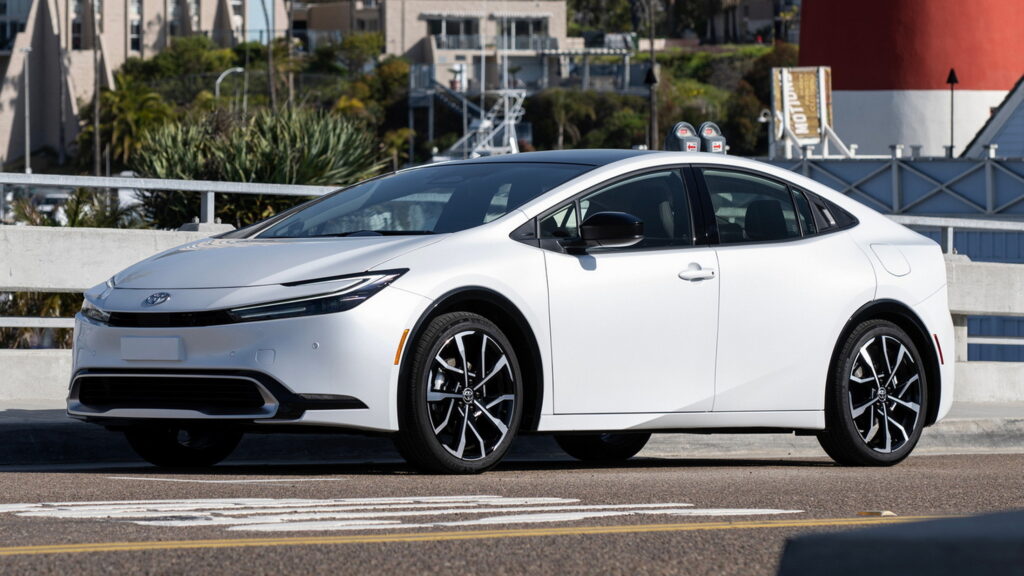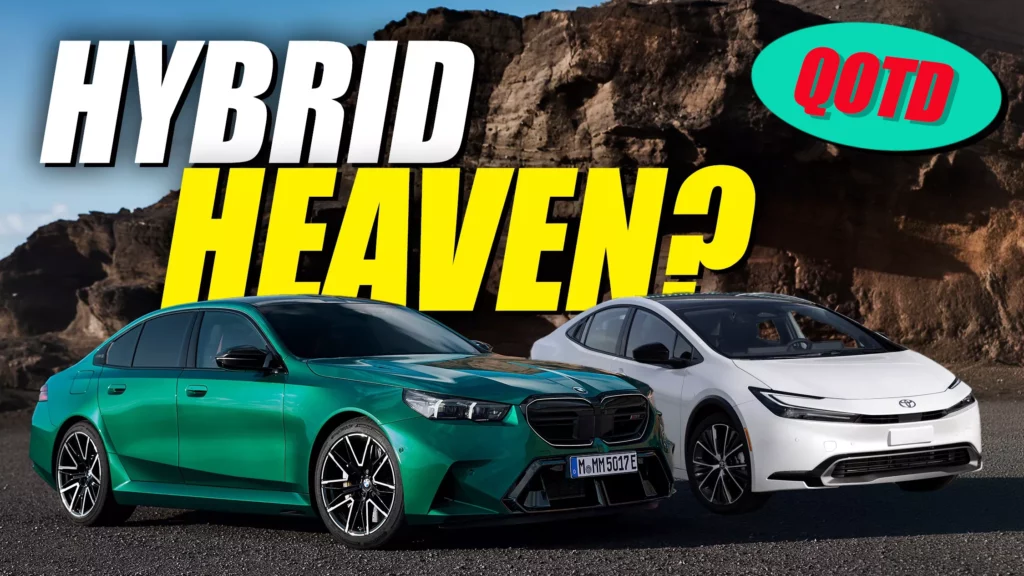- Hybrids like the Prius pioneered combining electric and combustion engines for better fuel efficiency and lower emissions.
- Modern hybrids offer both fuel efficiency and performance benefits, with plug-in hybrids catering to those with occasional long trips.
- However, hybrids can be heavier and less characterful than pure gasoline cars, especially in high-performance models.
The Toyota Prius turns 30 next year, and while it wasn’t the first ever hybrid – Ferdinand Porsche built one back in 1900 – it’s the one that introduced the modern world to the benefits of combining a traditional combustion motor and electric power.
In the Prius, the benefits were, and still are, primarily more miles per gallon and lower emissions. A 2024 Prius has an EPA economy rating of 57 mpg, compared with 31 mpg for the similarly-sized non-hybrid Mazda 3 that makes around the same power.
Related: EVs Pile Up While Hybrids Fly Off Dealer Lots
But in the last 10 years we’ve seen automakers add hybrid assistance to improve performance, too. The Ferrari LaFerrari, McLaren P1 and Porsche 918 all benefited from an electric boost that has become a regular feature on modern sports- and supercars.
More recently, Mercedes-AMG was able to endow its C63 sedan with 671 hp (680 PS), despite replacing the old 503 hp (510 PS) car’s 4.0-liter V8 with an inline four half the size.
Plug-in hybrids, in particular, have proved a hit with buyers who maybe like the idea of an electric car, but aren’t convinced about the viability of ditching combustion power altogether, possibly due to patchy charging infrastructure in their region.
The latest models, like the new European Tiguan hybrid pictured below have a 70-mile+ (113 km) EV range, which means they can handle all but the longest trips on electric power.

PHEVs work great for me, because most of my daily driving can be done one electric power, but one or twice a month I might need to take a 600-mile (966 km) roundtrip. I can’t be bothered to have to think about when and where I’m going to charge en-route at midnight, and I don’t want to sit around for 30-45 minutes waiting to charge. I just want to splash and dash.
The downsides
But maybe hybrids aren’t the best of both worlds. Maybe they’re the worst. Having two power sources makes them heavy, which isn’t great for braking and handling. BMW’s new hybrid M5 for 2025 weighs a shocking 1,045 lbs (474 kg) more than the old pure-ICE model, and is slower to 60 mph despite packing an additional 117 hp (119 PS).
More: 2025 BMW M5 Weighs 1,000 Lbs More Than Its Predecessor, Is Heavier Than Many F-150s!
When running on electric mode in a PHEV you’re lugging around a hugely heavy combustion engine you don’t need, and when you’ve exhausted the battery charge on a long trip you’re carrying a load of cells and motors you don’t really need either, hurting the efficiency of the gas engine.
And there’s the loss of character to consider. The M5 might have retained its V8, but many automakers think a hybrid four is a good substitute for a V6, or a hybrid V6 can replace a V8 and we won’t care because there’s no drop in performance.
But what’s lost is the refinement, sound and character, and that’s a glaring problem in premium and luxury cars when buyers spending big money deserve more than a tuneless inline four growling at them when they sink the right pedal.
But what do you think? Are hybrids the best of both worlds or the worst? Drop a comment below and let us know.





